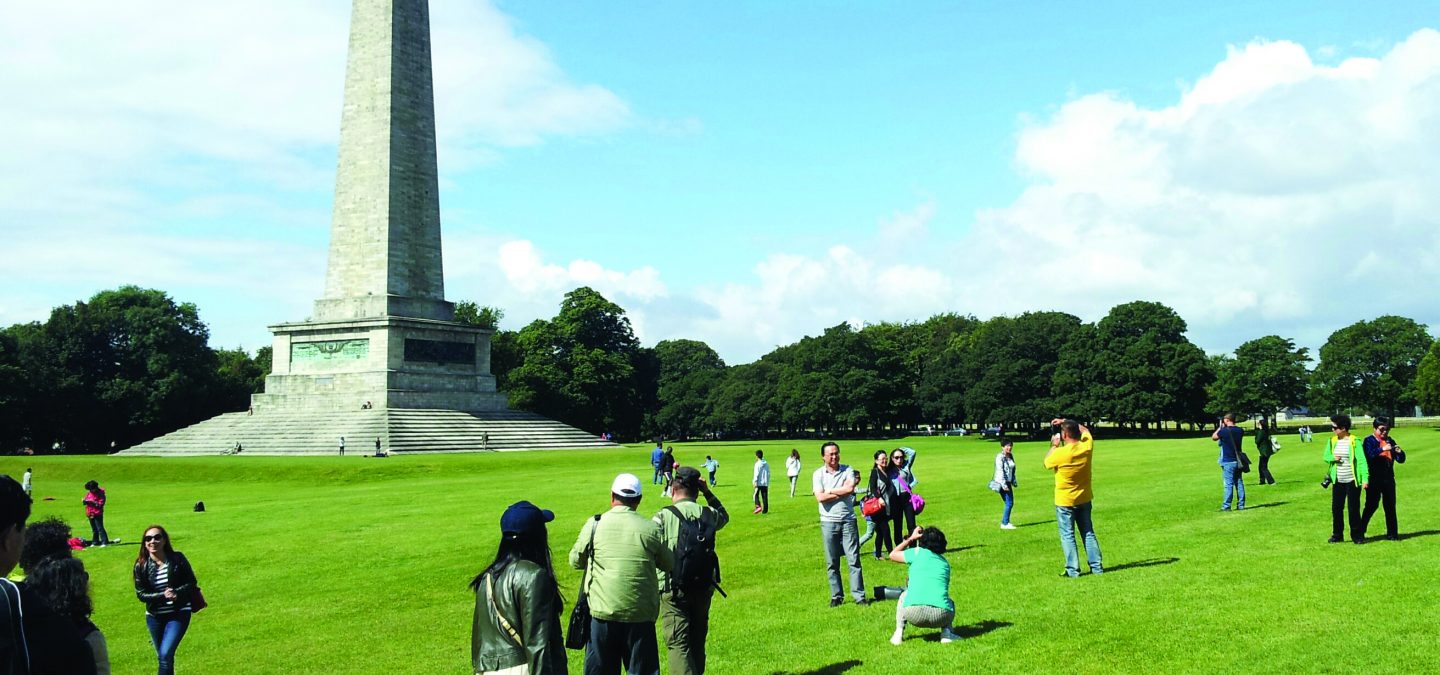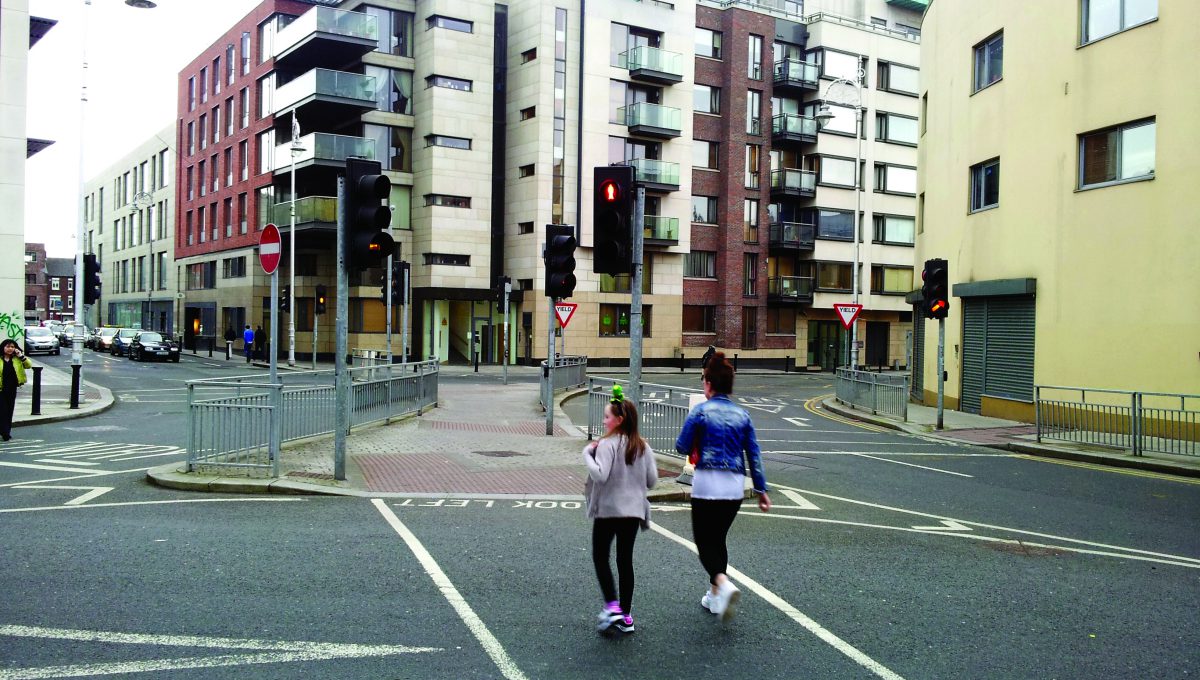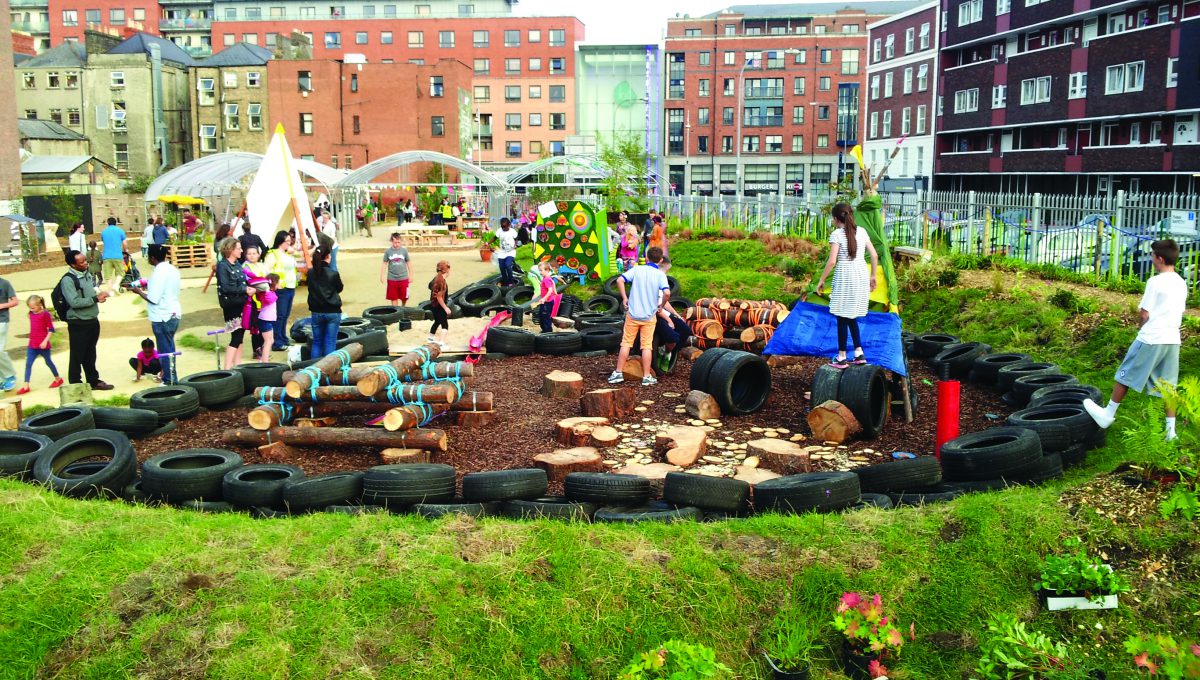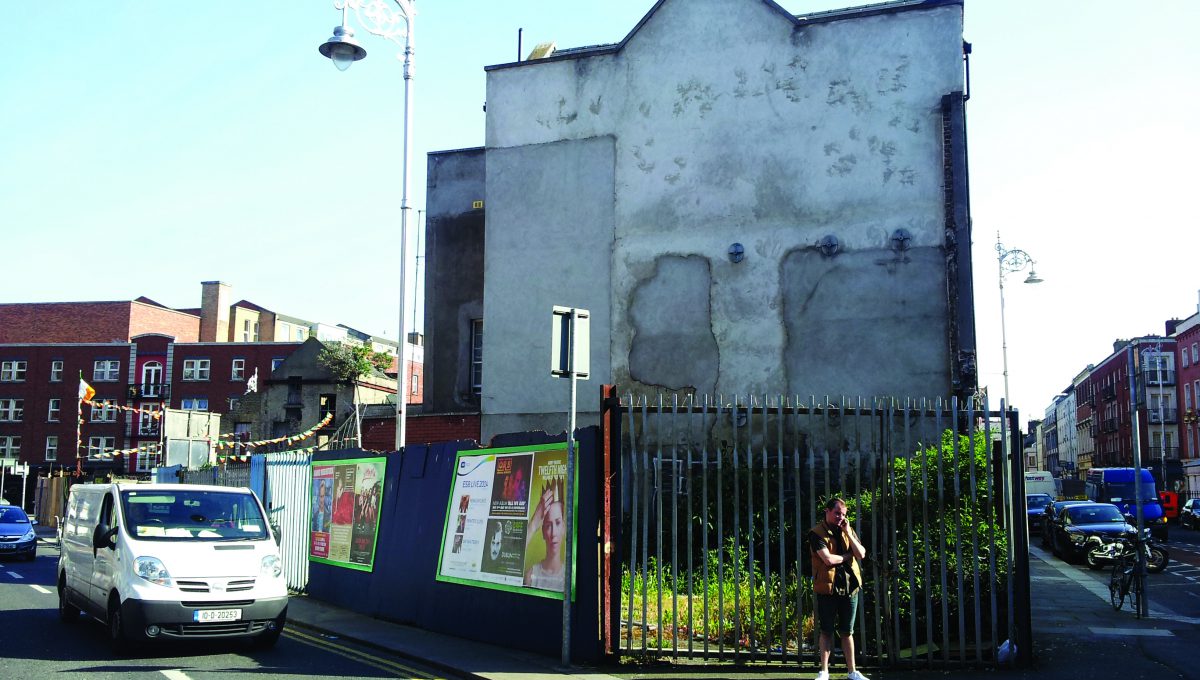
Keep up with our latest news and projects!

Dublin’s development has been like a rollercoaster ride over the last few decades. In the 1980s, the city centre’s urban fabric was damaged by old-fashioned thinking that promoted road schemes and the destruction of historic buildings. Back then it was feared that Dublin would become a doughnut city like so many in the United States and elsewhere. Then along came the ‘Celtic Tiger’. Cranes appeared on the city skyline, and the city was transformed into a building site. A 15-year construction frenzy took place. In 2008, the frenzy suddenly came to a halt and there was time to think again. Some good buildings and a lot of mediocre ones had been built. The inner-city population had increased 50% to around 130,000. The expanding metropolitan region also doubled driving time on new motorways to the North, West and South. Now, the region has a population of 1.8 million. Suburban sprawl has taken root but the city centre has experienced a renaissance.
As the dust settles from this boom-and-bust cycle it is time to consider what can be done to maximise the city’s potential. Three questions can be posed about the city in its current state. How can the traffic be tamed? What can be done to improve green infrastructure? What can be done to make better use of the small “leftover” sites? If these three issues can be tackled then urban areas can better face the unknown challenges of the rest of the twenty-first century.
In some sense the traffic issue has a simple solution: make it easier to walk and cycle, and improve public transport. This is already happening: from 2004 to 2014 the number of cyclists travelling to and from the city centre during rush hour increased by over 150%. There was almost a 15% increase from 2013 to 2014 alone. There has also been a 35% increase in the numbers walking over the last five years. These numbers are encouraging, but they only relate to the inner city. Further away from the city centre, the more people are wedded to their cars. The trick is to make sure car traffic doesn’t dominate the centre, calling for more 30 km/h zones, road narrowing, a gradual reduction in car parking spaces, and public transit improvements. Good news: a new light rail will link two existing lines that run through the city centre. Returning more road space to the pedestrian will be difficult, but footpath widening is the secret weapon of the urban planner, and it will happen.
A cultural shift is also occurring. With a growing urban sensibility, it may be easier to argue for urban realm improvements. European initiatives to tackle urban noise, air pollution and carbon emissions allow civic leaders to argue the case for better pedestrians and cyclist infrastructure. A 2014 study showed that pedestrians spend more money than car users in the central shopping district, and this type of evidence boosts the case for such investments. Recently the city published plans for a ‘Liffey Boulevard’ cycle route linking the extensive Phoenix Park to the west of the city centre with the coastline of Dublin Bay to the east. Retailers fear it may restrict car-users, but the benefits appear to outweigh any loss of road-space to car traffic
 Traffic Intersection in Dublin with poor quality pedestrian environment
Traffic Intersection in Dublin with poor quality pedestrian environment
Improving access to green areas is a crucial issue in improving the liveability of cities. It is often a make-or-break issue for families, and it has emerged as a factor that drives young families to the suburbs. Large swathes of the city centre have little or no outdoor recreational space. The existing green spaces require better management and investment. More amenities in existing parks such as new cafés are being proposed. Extended opening hours can help, but so will making it easier to cross busy streets to get to these parks in the first place.
There are also many city centre sites that are unused and overgrown with vegetation. The State owns land without money to build, and other land lies idle and is owned by bankrupt developers. Perhaps parks can be a solution for the next few years. In summer 2013 the temporary ‘Granby Park’ successfully allowed many to experience nature and cultural events within the city limits.
 Temporary Granby Park on lands awaiting redevelopment in Dublin City Centre
Temporary Granby Park on lands awaiting redevelopment in Dublin City Centre
 Empty site owned by Council on Dublin’s Capel Street
Empty site owned by Council on Dublin’s Capel Street
During the boom, development was concentrated on larger sites that could deliver greater returns, generally larger than 1000 square metres. Now is the time to think about the smaller sites that were overlooked or ignored when big sites were focused on exclusively. Smaller sites, particularly those that are less than 200 square metres are left to attract litter and anti-social activity. These small plots could be used for well-designed mixed-use developments. In some instances the developers have gone bust, in others the lands are owned by the city itself.
If economic growth continues the City could develop mixed-use development on these sites, or if not, consider selling them on with a design brief. This could allow housing associations or families to build affordable housing in the heart of the city. No-one really know what future lies hold in store for Dublin, but experimenting is good, and it seems that ‘small is beautiful’ may be a motto to observe and follow over the next few years.
Interested? Join The City At Eye Level and share your story!
Discover more